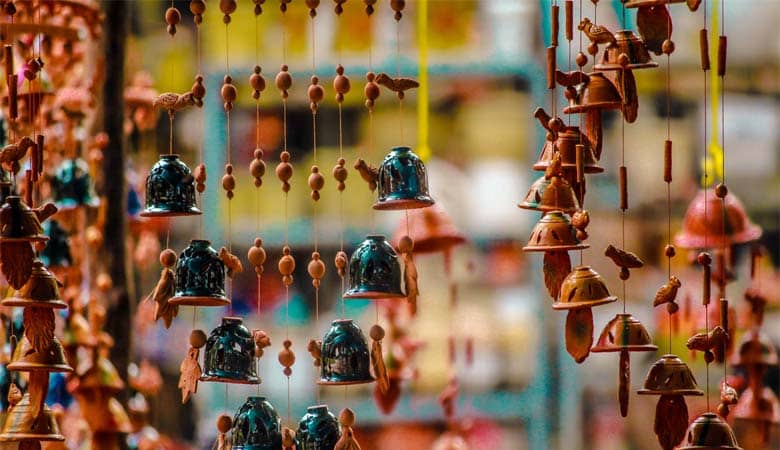Mastering the Art of Secondary Market Transactions: Buying and Selling Art Pieces

The world of art holds a unique allure, much like the burgeoning domain of crypto gaming, drawing in collectors, investors, and enthusiasts who seek both aesthetic and financial rewards. While acquiring artwork directly from artists or galleries is a well-known path, the secondary market also offers exciting opportunities, paralleling the depth and complexity found in the best crypto gaming explanation. This article will explore the ins and outs of buying and selling art pieces on the secondary market, helping you navigate this captivating realm with the same confidence and expertise that one might approach the intricate world of crypto gaming.
What Is the Secondary Market?
The secondary art market refers to the buying and selling of artworks that have already been sold by the artist or primary gallery. It can include both older pieces and artworks by established artists.
Diverse Artworks: The secondary market is not limited to any specific type of art. It encompasses paintings, sculptures, prints, and more, providing a wide array of options for collectors.
Researching Artists and Artworks: Knowledge Is Power
Artist’s Reputation: Investigate the artist’s reputation and career trajectory. Is the artist gaining recognition or considered a master in their field? Their standing can impact the value of their works.
Provenance and Authentication: Verify the artwork’s provenance, which is its documented history of ownership. Ensure the piece comes with proper authentication to establish its legitimacy.
Art Market Trends and Pricing: Stay Informed
Market Trends: Keep an eye on current art market trends. Some artists may experience fluctuations in demand, which can affect prices.
Pricing Strategies: Understand how pricing is determined in the secondary market. Factors like an artist’s notoriety, the rarity of the piece, and its condition all contribute to its value.
Choosing the Right Sales Platform: Options Abound
Auction Houses: Auction houses are renowned for hosting art auctions. They offer a platform for buying and selling art pieces through competitive bidding.
Online Marketplaces: Online platforms have made it easier than ever to explore and trade art in the secondary market. They provide a range of artworks at different price points.
Evaluating Artwork Condition: A Critical Factor
Condition Reports: Request a detailed condition report when buying art on the secondary market. This report provides information on any damage or restoration work, helping you make an informed decision.
Restoration History: Understanding the history of any restoration work can be crucial, as it may impact the artwork’s value and long-term preservation.
Establishing a Budget: Setting Your Limits
Determining Your Budget: Before delving into the secondary market, establish a budget based on your financial capacity and the specific artworks or artists you’re interested in.
Bidding Strategies: When participating in auctions, have a clear budget and stick to it. Avoid getting caught up in bidding wars that could lead to overspending.
Selling on the Secondary Market: Tips for Success
Appraisals and Valuation: Get your artwork appraised by a professional to determine its current market value. This step is crucial for setting a competitive selling price.
Promotion and Marketing: Utilize online platforms, social media, and art market connections to promote your artwork. High-quality images and detailed descriptions are essential for attracting buyers.
Legal Considerations: Protecting Your Investment
Contracts and Agreements: When buying or selling on the secondary market, it’s advisable to have clear contracts or agreements in place to outline terms and conditions, including the return policy.
Sales Tax and Fees: Be aware of any applicable sales taxes and fees associated with art transactions, as these can vary depending on your location and the value of the artwork.
The secondary art market offers a captivating arena for art enthusiasts, collectors, and investors. By conducting thorough research, staying informed about market trends, and carefully evaluating artworks, you can confidently navigate the world of buying and selling art pieces on the secondary market. Whether you’re adding to your collection or parting with a cherished piece, the secondary market provides a dynamic platform for connecting art with new homes and passionate collectors.




